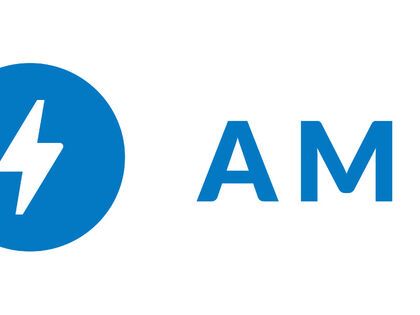Should I Disable Google AMP?

If you don’t use accelerated mobile pages (AMP), there’s no reason to start.
Google created AMP to improve loading speed and ranking performance. But it had limitations. Now many alternatives perform the same functions as AMP—without the drawbacks.
But if you still use Google AMP pages, should you disable them? It depends. Let’s discuss the technology’s background and reasons to keep it or walk away.
Why Google AMP Became Popular
Implementing mobile compatibility on your website is vital to your web design. Google first recognized this trend with the AMP Project in 2016. The search engine created AMP two years before mobile usage surpassed desktop. The project was an open-source effort to optimize websites for fast mobile browsing.

Source: StatCounter Global Stats - Platform Comparison Market Share
AMP used a specific framework based on existing HTML to streamline information exchange with browsers. This structure made webpage loading speed almost instantaneous. Google rewarded websites using AMP by favoring them in Top Stories and other Google search results. The technology was a viable way to increase website traffic and improve visitor retention.
Looking for SEO Services?
Why Google AMP Is Dead
But AMP also had its downsides. Implementation was complex for people without coding knowledge or WordPress and its AMP plugin. Developers had to reduce complex pieces of back-end programming to achieve faster page loads. AMP limited Cascading Style Sheets (CSS) to 75KB and JavaScript to 150KB. The restrictive framework stunted ad revenue. Not all AMP content loaded fast, especially videos.
In 2021, Core Web Vitals (CWV) became the primary ranking factor after Google’s Page Experience update. These metrics measured loading time, interactivity, and visual stability. New tools emerged in Google Search Console and other places to improve user experience and search rankings. Websites no longer needed AMP to boost traffic and stay ahead of the competition.

3 Reasons to Keep Google AMP
So why keep AMP if you don’t need it to rank higher on search engine results pages (SERP)? If it ain’t broke, don’t fix it.
AMP Works
Your website is not experiencing any of the drawbacks that come with AMP. It maintains faster load times, lower bounce rates, and good search rankings because of the technology. If you’re happy with AMP’s performance, stick with the status quo.
Your Website Is Simple
Is AMP holding you back from implementing a complex website design? If the answer is no, you don’t need to remove AMP. It offers a quality mobile experience for websites that don’t have a lot of bells and whistles.
There’s No Time to Make a Change
You don’t have time to investigate the alternatives. There’s no pressing need to optimize for mobile devices or create a custom solution. Standardized features are good enough for your AMP site right now.

3 Reasons to Disable Google AMP
Curious to see how your website performs without AMP? Here are the perks of pulling the plug.
Boost Search Rankings
You don’t need AMP anymore for search engine optimization (SEO). Instead, focus on the CWV requirements: performance, responsiveness, and visual stability. To measure these metrics, set up monitoring to track visitors’ real-time page experiences. Then you’ll know whether your site hits the mark or needs adjustments.
Improve User Engagement
AMP doesn’t make navigation or lead capturing easy. When you disable AMP, you can integrate better usability and more interactivity. Engagement features such as swipes, infinite scrolls, and carousels keep users on your site longer and reduce bounce rates.
Increase Ad Revenue
AMP lacks flexibility and limits monetization opportunities. If you deactivate it, you can display more ads and increase control over their placements and layouts. This freedom is especially beneficial for eCommerce websites and businesses that depend on ads as a source of income.
Need help implementing mobile compatibility on your website?
Should You Get Rid of Google AMP?
You don’t have to abandon AMP if it’s working for your website. At O8, we actually recently disabled it for our own site, but in the end, the decision is yours.
Google continues to support and improve the framework. Plus, AMP supports the latest two versions of these major browsers:
- Chrome
- Firefox
- Edge
- Safari
- Opera
- UC Browser
But if you’re frustrated by poor user experience and limited ad opportunities, it’s worth looking into other non-AMP options.
O8’s experts can help you meet mobile user expectations and maximize revenue generation opportunities.
Talk to us today about best practices for user experience (UX) design.

